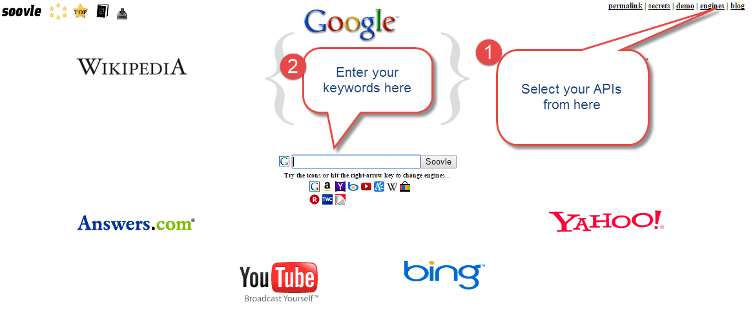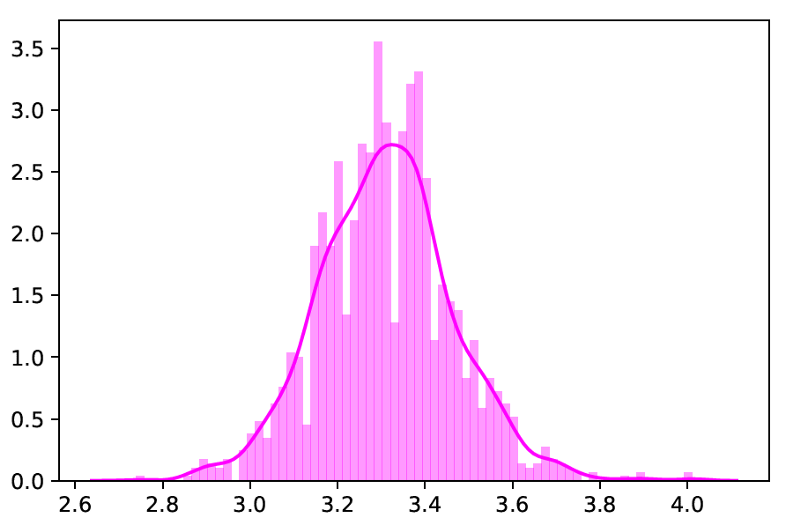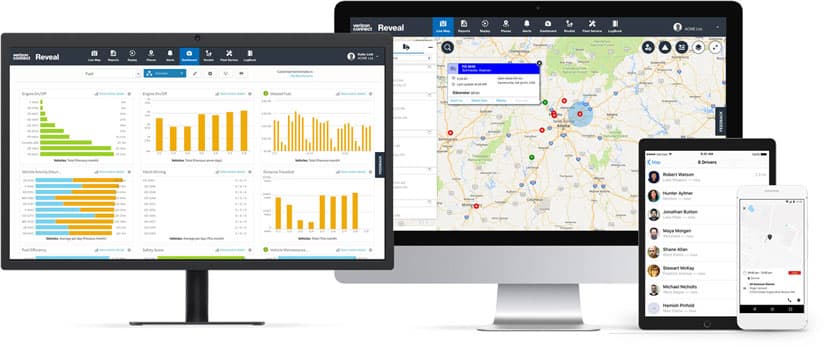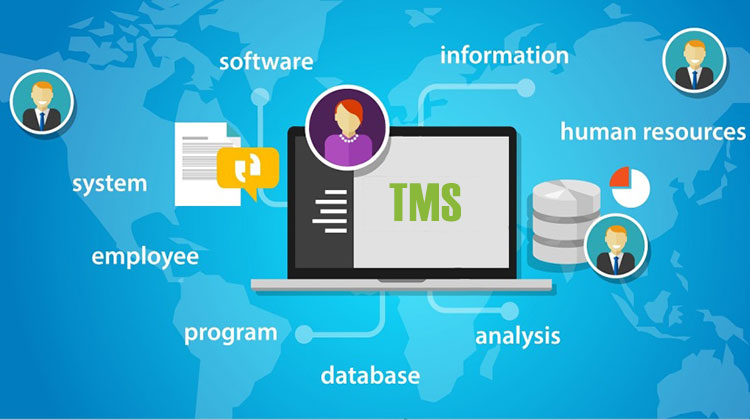
8 Low-Cost Marketing Strategies for E-commerce Businesses
For most e-commerce businesses, the competition is fierce. Thus, knowing what will set you apart from the rest of your competitors is crucial. Ideally, you must equip yourself with e-commerce marketing strategies that focus on capturing people’s attention when looking for products. You should also be using several outbound strategies that will make it easier for people to find you. There are different e-commerce strategies out there in the market. However, in this post, we are going to focus on the eight low-cost marketing strategies that will set you apart from the rest of the competition, and help you land you more sales.
Cross-promotion with other businesses
 You probably know the feeling of diving into a business partnership full of hopes and ideas. But eventually, you would know that those trends wear off quickly. Then, you are left wondering where would your next brand collaboration is headed. Well, that is where the cross-promotion techniques of your marketing strategy will help you out. Remember that partnerships are not only great for business development. It also gives you the chance to cross-market your products and services, as well as provide something valuable to you and your partner’s customers’ needs.
You probably know the feeling of diving into a business partnership full of hopes and ideas. But eventually, you would know that those trends wear off quickly. Then, you are left wondering where would your next brand collaboration is headed. Well, that is where the cross-promotion techniques of your marketing strategy will help you out. Remember that partnerships are not only great for business development. It also gives you the chance to cross-market your products and services, as well as provide something valuable to you and your partner’s customers’ needs.
Search engine optimization
According to Local SEO Search Inc., “A powerful tool that will drive traffic to your site other than social media is SEO. It will not bring you instantaneous results. But your marketing strategy should not be built on short term goals. Instead, it is all about planning how you will grow in the long-term.” Some online retailers make the mistake of focusing on instant gratification when growing their online stores. So, they focus on Facebook ads, instead. However, if you want to keep your acquisition costs low, then you should concentrate on SEO. But you have to realize that SEO is not just about choosing a particular keyword in your chosen niche. Instead, it is about going broader. For instance, you sell running shoes. You should not just focus on keywords about “running shoes.” You can also target keywords related to weight loss and fitness. Remember that SEO is about driving new traffic, and not just sticking to your current audience. When crafting content about weight loss, you can still introduce the concept of running while losing weight. That way, it is easier for you to reach a more extensive group of audience that is potentially interested in your products and services. Here are some marketing strategies for SEO:
- Always create fresh content. It has probably been a while since you updated the old content on your site. But you have to do it to stay relevant. Delete the parts that are already outdated, then update them accordingly. That way, you will shoot up in the top of search results, boosting your traffic. Updating your content is just as crucial as crafting new content.
- Utilize SEO tools. These tools will notify you of any SEO errors that you made. Using tools like SEO Manager and Plug-In SEO lets you do quality checks on your site’s SEO.
- Build more web pages. You can do so by adding new products to your online store. You can also produce daily blogs. Moreover, you can come up with other forms of content like e-books, landing pages, and other web pages that boost your odds of getting more traffic. Ideally, each web page should contain at least 2,000 words (on average) to show up on results.
Take advantage of pay-per-click ads
Pay-per-click ads are costly if you are targeting high-traffic keywords. However, some platforms and niches are budget-friendly, making it an excellent option for start-ups. In Facebook, for instance, you can pay as low as $1 a day on particular ads. However, if you want to get better results, you need to invest more.
Plan email marketing campaigns
For a lot of online retailers, email marketing gives one of the fastest results when it comes to sales and web traffic. You can start building your email list by asking your audience to subscribe. You can put the opt-in form on your homepage, blog, or other popular pages on your site. Here are the top email marketing tactics that you can use:
- The easiest way to boost your email marketing strategy is to create a more extensive email list.
- Build email funnels. Email funnels are made up of a set of sequenced emails, which can include your best selling products. An email funnel may start featuring some blog posts in your niche that helps boost user’s familiarity with the brand. Later on, you can send an email about your weekly best selling products to help generate sales. But remember, you have to send the conversion email after the non-sales email is sent.
- Segment your email list. Personalization and segmentation have become more and more important as your email list grows. You will be encountering users that have ordered various products in your store. When you personalize your emails, you can show your buyers products that they will probably be interested in (via their past browsing history). That will make them more likely to purchase your products because it is catered specifically for them.
Smart use of social media platforms
Social media is not just about posting content once a day. You need to be able to come up with a plan that works. Every social media channel has a particular target audience. If you are in the online fashion niche, you probably will not thrive on LinkedIn since it caters to a B2B audience. But you can boost your sales by focusing on highly visual platforms like Pinterest, Instagram, and Facebook. Your highest engagement would probably come from Instagram. Your best performing ads can be on Facebook. Similarly, you can also drive a lot of traffic from Pinterest. Once you find out the specific platform that is right for you, it is time to focus on your marketing strategies. How often should you post? What tactics do you need to incorporate to boost your growth? Here are some online marketing strategies that you can incorporate on social media:
- Share user-generated content on social media. Your customers and loyal followers will probably share content on social media. Ensure that you share their content with your own audience (with their permission). Over time, that will help boost your customer loyalty, and even lessen your workload a bit.
- Take a closer look at your demographics. If you have target users who are female, ages 22-45, then they will probably have different needs and interests with females ages 45-65. Moreover, they will be more likely to have a different social media network.
- Build a social media calendar. What type of content are you posting, and how often do you post each day? For instance, let’s say that it is usually Friday evenings that you get the highest engagement. Once you know the type of content that your audience better responds to, you can maximize your social calendar for optimal results. The pre-planning stage allows you to ensure consistency and balance your marketing activities at the same time.
Enhanced website layout and design
Having an excellent web design and appearance makes an excellent first impression. But design is not the only factor that contributes to a business’ success. Having a site that is designed nicely is not going to drive traffic and land you more sales. Your site’s overall performance, page loading speed, content, and payment methods contribute to the website’s overall success as well. That’s why it is crucial for your site to be impressive, that it works well, makes navigation a breeze, and features quick and easy payment options. It is going to negatively affect your business if your website takes too long to load, has incomplete product information, or the online payment options are not working.
Retargeting
 In its most basic form, retargeting is the practice of sending highly targeted ads to specific users who have interacted with your products or visited your site in the past. Usually, it includes targeting users who:
In its most basic form, retargeting is the practice of sending highly targeted ads to specific users who have interacted with your products or visited your site in the past. Usually, it includes targeting users who:
- Have recently visited particular pages on your website
- Have bought something from you before
- Are your email subscribers
- Are your previous customers before, but are no longer engaged
Note that when it comes to retargeting, Facebook will always be king. But Google AdSense has excellent retargeting potential as well.
Guest Post
You can also expand your reach through blogs and other publications by placing your content in front of a new audience. Then, getting a few important links back to your site. Remember to only submit to publications with high authority.
Over to You
What are the low-cost marketing strategies that you have used in the past to market your business? While there are a lot of e-commerce marketing strategies out there, these eight low-cost marketing tactics are the most reliable and effective. You will also find out that while you creatively look for ways to connect with your target audiences online, you will see a boost in your traffic and sales! So, why not try these low-cost marketing ideas? Then, see how these can help you grow your business and boost your overall marketing strategy. In the end, here is a comprehensive list of some of the most fascinating statistics and facts about the internet. 100+ Statistics And Facts of The Internet[Infographic] by the team at Hostingclues
































